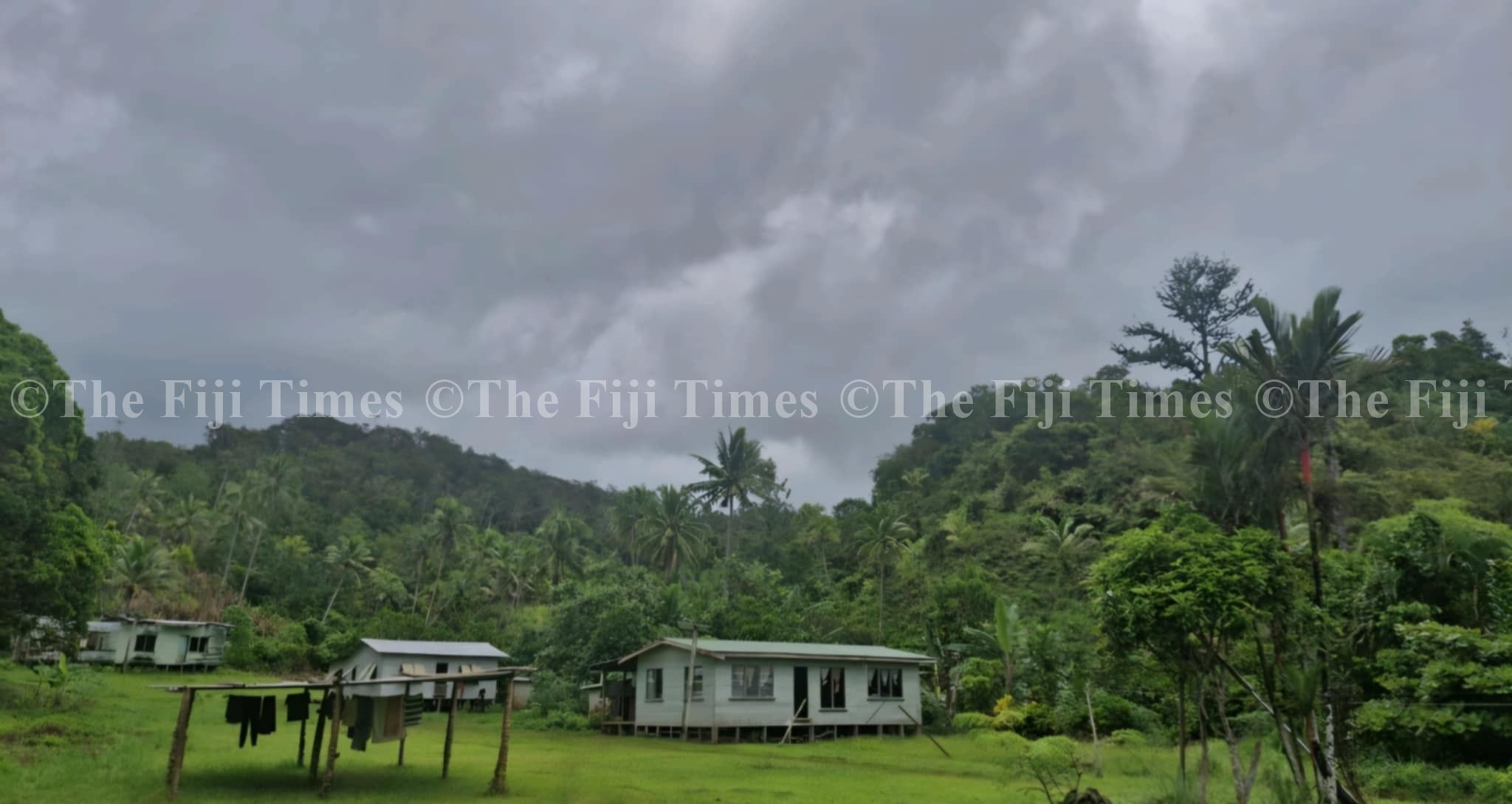IT’S a song that many Fijians know by heart, its melody familiar to generations.
Lomai Galoa is undeniably one of the most cherished and iconic songs in Fiji’s musical history.
It’s often sung at sigidrigi sessions while family and friends share a few bowls of yaqona.
For me and my group of friends, this was our anthem at one point in time. We were so obsessed with the tune that we called our group chat the Lomai Galoa group.
But for all its popularity, not a lot of people know of the story behind the song.
Inoke Seru, a villager of Dawara in Cakaudrove, says the song isn’t just a catchy tune.
“It’s a song that tells a story about a particular place, a spot near the Yanawai River in Dawara,” he said.
For those who are not familiar with the area, it is of great significance in Fiji’s history. It is where Queen Victoria School, one of Fiji’s oldest and most prestigious schools, was established.
The site of the school was identified at Yanawai, overlooking Dawara Village in the district of Wailevu. Its location by the Yanawai River marks the boundary between Cakaudrove and Bua provinces.
“It tells the story of how the school was established in this very village, and it shares the experiences of students who lived and studied here,” Mr Seru said.
The school was located there from 1881 to 1894, offering education to boys, quite a few of them, were sons of chiefs. The boys, aged between 12 and 16 years studied arithmetic, reading and writing, English, agriculture and carpentry.
“Livi ai Wei was not the name of a Fijian dialect, but is believed to be a translation of the English phrase “live a way”.
“It’s something that came from the English language, meaning a place to hang out or relax.
“There used to be a big mango tree at the spot, which made it a popular gathering place for students. Though the tree is gone now, the name Livi ai We remains.
“This area was more than a place for relaxation, gathering and conversation after long hours of study. The students made memories within this area.”
Livi ai We has become a well-known spot, and people who visit the village also visit the spot.
“Even though the large mango tree that once stood at the site is now gone, the place is still referred to as Livi ai We by the locals,” Mr Seru said.
The connection between the song and the village remains strong as the memories associated with that area continue to be part of Fiji’s cultural fabric.
The lyrics of Lomai Galoa not only capture the everyday life of the students and their experiences with the establishment of the school, but they also provide a broader window into the colonial era in Fiji.
“This place, Dawara, holds a lot of Fiji’s history.
“It’s not only a place where the first all boys school was established but it was also a place where trade was conducted. It was also the home to a mining site.”
Mr Seru said the song also reflects Fiji’s history during the colonial era.
“Our forefathers had to face a lot of difficulties under colonial rule but despite all that, they found ways to adapt and survive.
“Lomai Galoa is a song that reflects that strength. Songs like this remind us of who we are and where we come from.
“They help us connect to our history and carry it forward for future generations.”
The song was composed by the legendary vocal group Caucau Ni Delai Seatura and over the years, it has been covered by many artists, thus keeping the song alive for new generations.
A year ago, lead singer Apakuki Nalawa and the popular band Inside Out, released a modern version of the song.
Despite the many renditions of the song, it will remain as a song of heritage, reminding the people of Dawara who they are and the richness of their history.



